
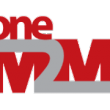
The global Internet of Things (IoT) standards initiative oneM2M and its partner Telecom Standards Development Society of India (TSDSI) bought the third oneM2M Industry Day to India. (more…)
September 25, 2017
Posted by: Avadhoot Patil

Many organisations and supply chain experts are concerned about cyber security. The risks stemming from supply chain cyber threats are real. In fact, the danger is more frightening and potentially harmful than we realise. Here’s why. (more…)
August 14, 2017
Posted by: Avadhoot Patil
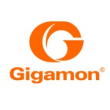
Gigamon Inc, an industry provider of traffic visibility solutions, has released the results of a commissioned survey, “Hide and Seek: Cybersecurity and the Cloud,” conducted by Vanson Bourne, an independent market research company. (more…)
August 8, 2017
Posted by: Avadhoot Patil
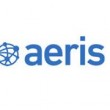
Inadequate medication adherence is a global issue. The estimated annual cost of inadequate medication adherence to the US healthcare system is between $100 billion and $289 billion. (more…)
May 31, 2017
Posted by: Avadhoot Patil
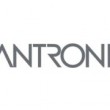
Lantronix, Inc. a global provider of secure data access and management solutions for Internet of Things (IoT) and information technology (IT) assets, has announced availability of the beta release of MACH10. (more…)
May 29, 2017
Posted by: Avadhoot Patil

Moore’s law has been famously increasing the computing power at our behest, and has helped power the third industrial revolution of information technology and digital services. Many suggest that we are now at the beginning of a fourth industrial revolution, powered by connecting ‘things’, other than just computers and phones. (more…)
March 30, 2017
Posted by: Avadhoot Patil

An earlier blog titled “Don’t leave it to IT” focused on the need for a clear, defined strategy, something that has to come from C-level management, writes Bob Emmerson, freelance writer and IoT industry observer. (more…)
November 30, 2016
Posted by: Avadhoot Patil
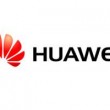
The Smart Energy Innovation Center, Huawei’s network energy experience centre, has been inaugurated in Nuremberg, Germany this week. (more…)
November 17, 2016
Posted by: Avadhoot Patil

u-blox, a global provider of wireless and positioning modules and chips, has become an official member of ESMIG (the European voice of smart energy solution providers). (more…)
November 16, 2016
Posted by: Avadhoot Patil

The Internet of Things (IoT) is no longer just futuristic talk in the technology industry. Its real world application and its value are being realised, says Jonathan Duffy of Netclearance. (more…)
November 14, 2016
Posted by: Avadhoot Patil